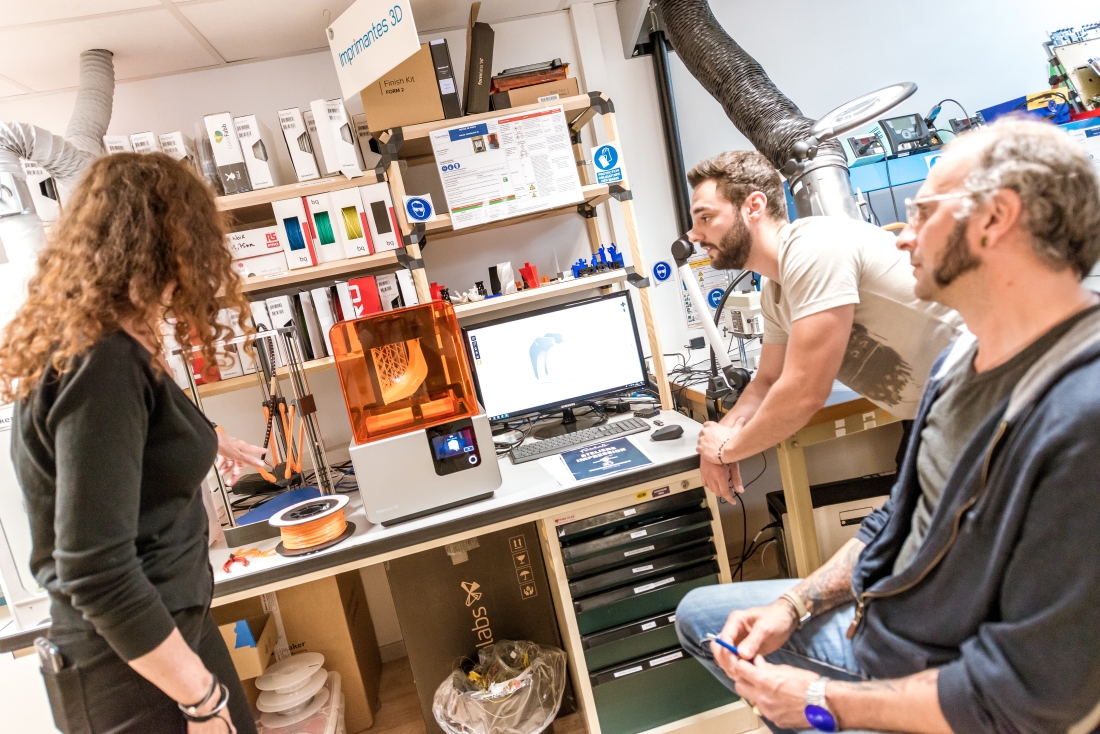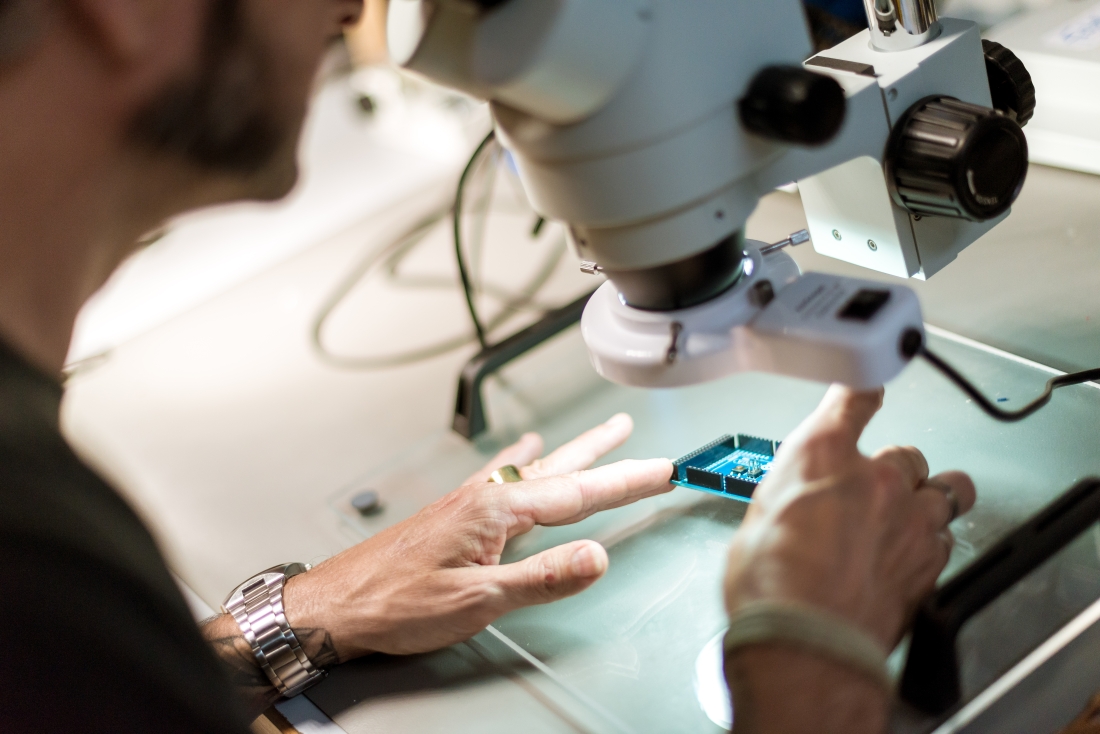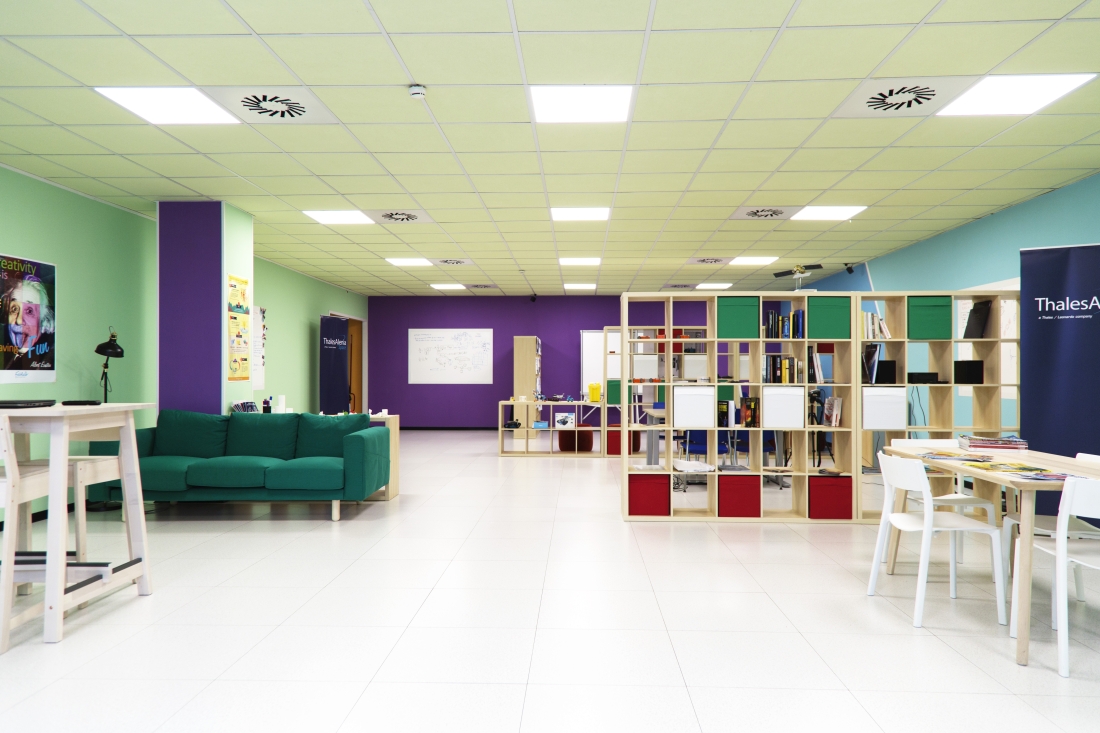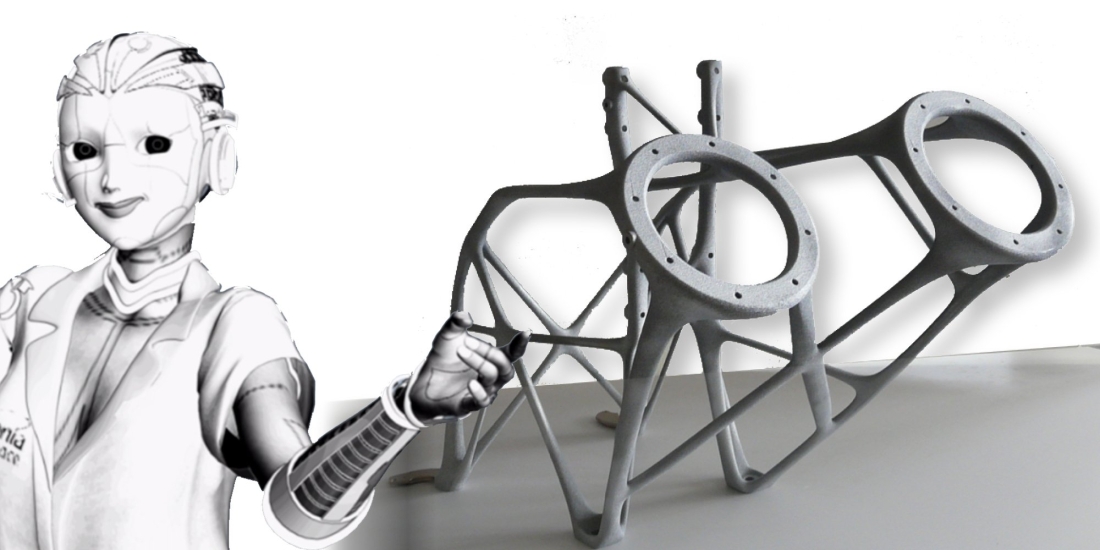Absolutely FabLabulous!
If you’ve never been too manually inclined, and your last creative arts project was a clay ashtray for your dad when you were eight, well… this article is for you! Of course, the Leonardo Da Vinci and Thomas Edison types among you can stick around as well, since there’s something for everybody in a FabLab...

First of all, what exactly is a fab lab? It’s an abbreviation of “fabrication laboratory”, and is in fact a small workshop to turn brainstorming ideas into concrete form, largely using digital systems. The original concept was developed by the Massachusetts Institute of Technology (MIT). But don’t worry, you won’t need a master’s in engineering or a PhD in science to use a fab lab. What’s important here is the premises, since we’re talking about a sort of “social environment” outside your usual work and home areas. But this naturally brings up a question: “why should I go to a fab lab rather than just my local coffee shop?” To stimulate your synapses of course – not to mention gaining access to a lot of machines you won’t find in a coffee shop! By pooling your ideas with people who you don’t normally meet, you can develop prototypes that will one day be critical parts of satellites, or print an actual 3D article expressing an idea that’s been percolating in your head for five years, but which you could never make because you didn’t have the technical resources. After all, it’s a fabrication lab, just another way of saying “manufacturing”, as in additive manufacturing.

FabLabs are busting out all over at Thales Alenia Space, in Toulouse and Rome, to be followed shortly by Cannes. Their creation was spurred by the Innovation Cluster, which reflects Thales Alenia Space’s strategy in this domain. The Cluster is an effective innovation catalyzer and accelerator, based on a committed and employee-driven approach designed to encourage all employees to unleash their creative energy, irrespective of where they are in the organization.

An idea that germinates in a FabLab never gets stuck in the bottom of a drawer. If it doesn’t inspire everybody right away, it may eventually find another application. The FabLab is a sort of incubator, fostering creative and even offbeat projects, often disrupting current technology models.
About additive manufacturing

Additive manufacturing, also known as 3D printing, is ubiquitous these days. First developed and proven in the medical, aerospace and automotive industries, it is now spreading to a number of different sectors. Part of the digital transformation, this technology came to Thales Alenia Space a few years ago. Today, all communications satellites we build include parts made by additive manufacturing. All of our satellites will eventually include increasingly complex 3D-printed parts.
Copyrights:
Artistic view and photo 3: © Thales Alenia Space
First 2 photos: © Thales Alenia Space/Ima[IN]
Last artistic view: © Thales Alenia Space/Briot/Initium3d